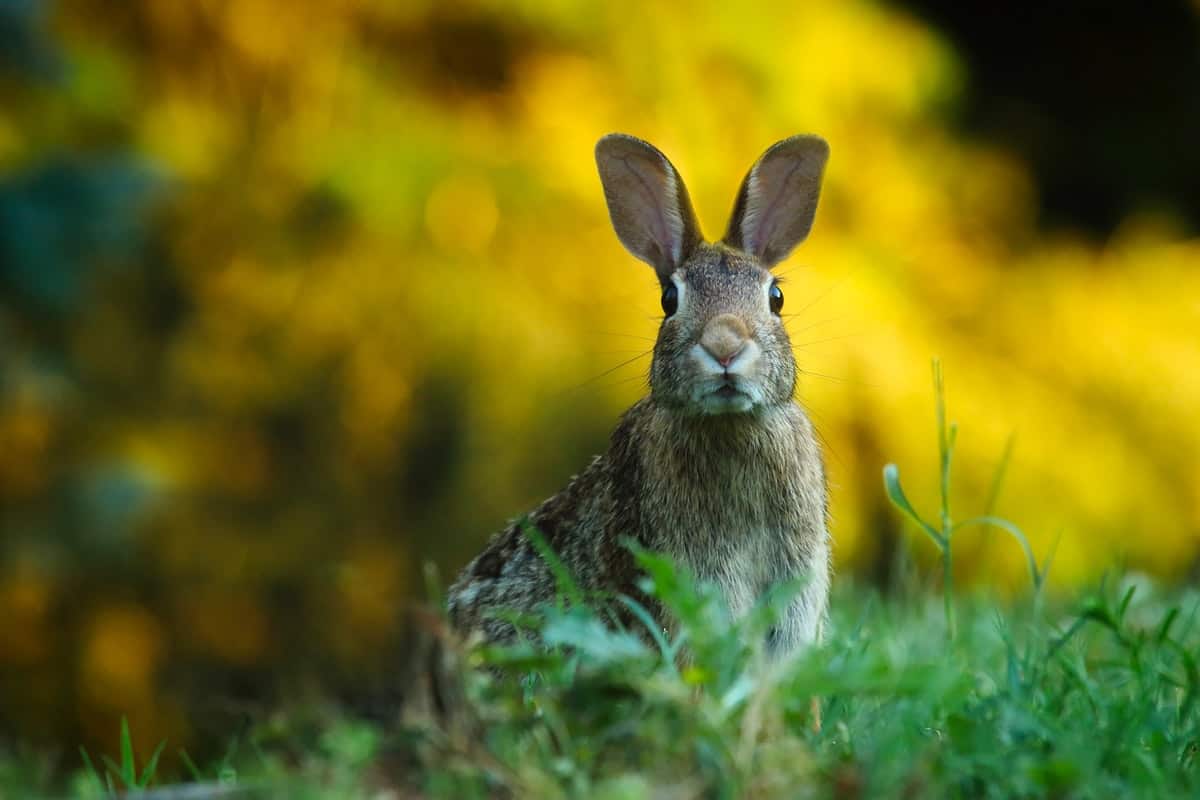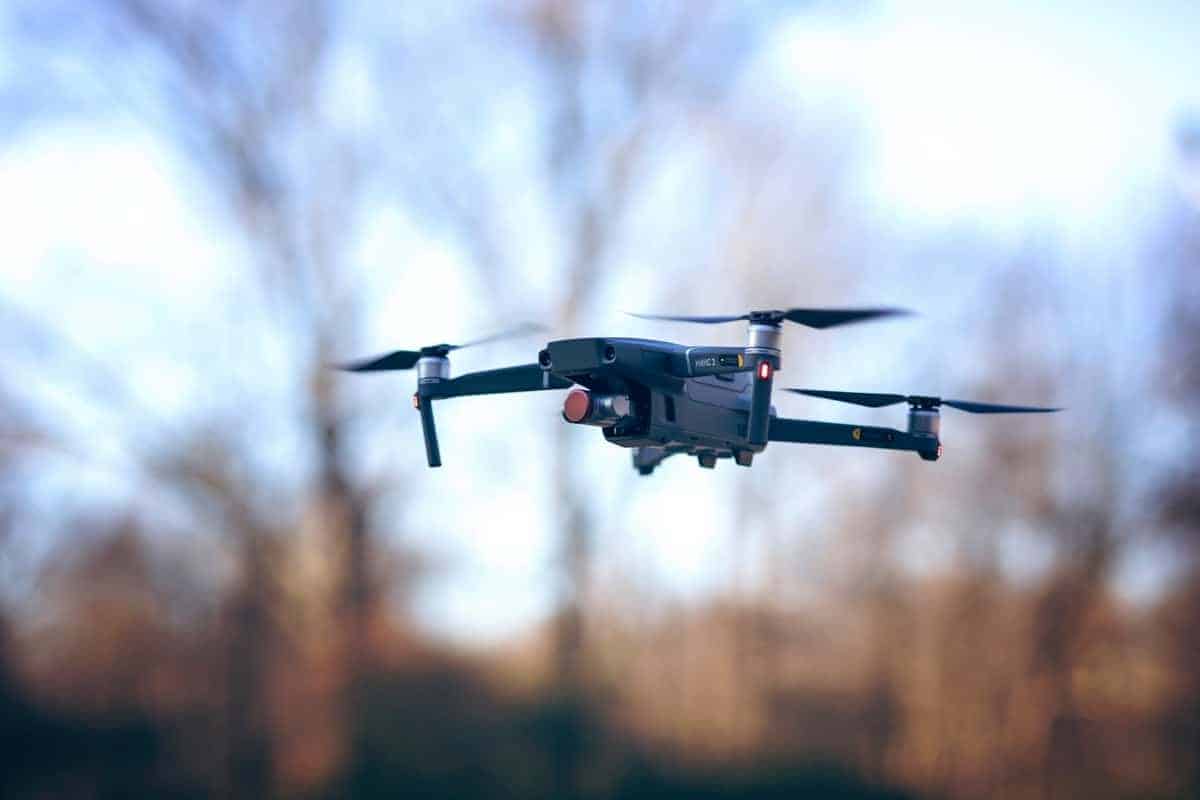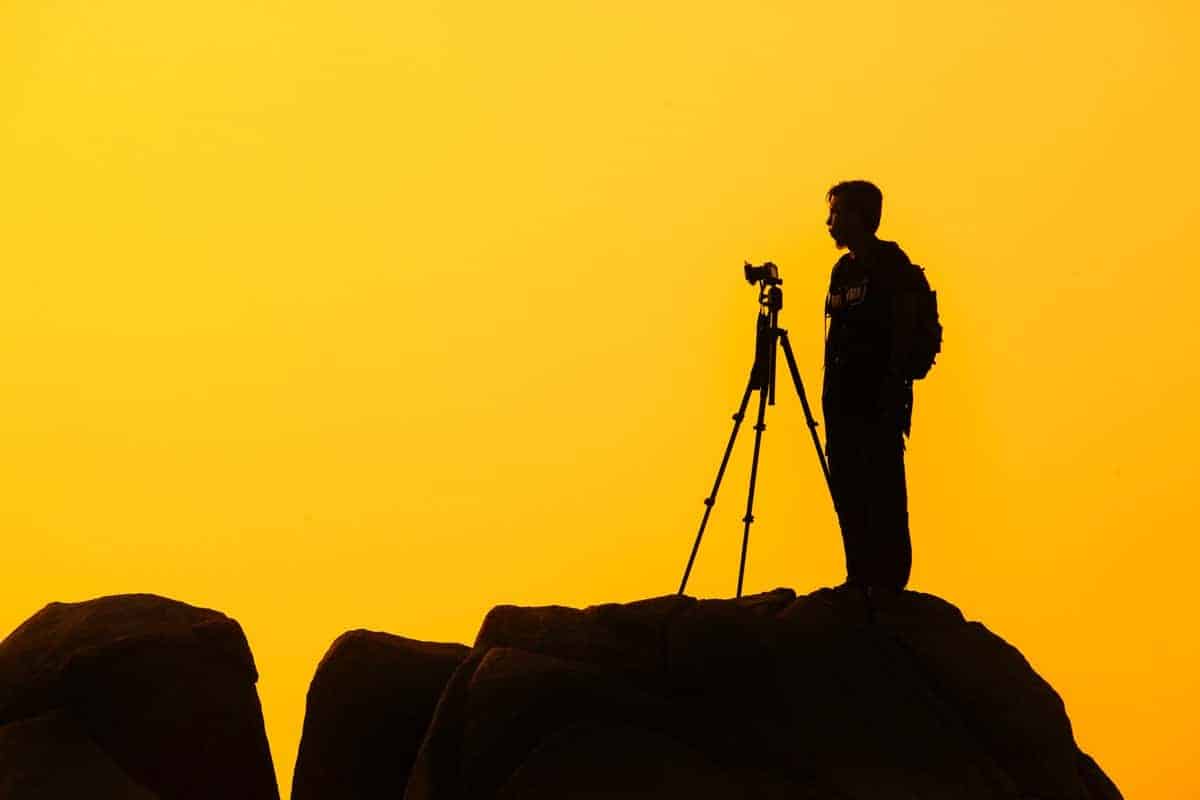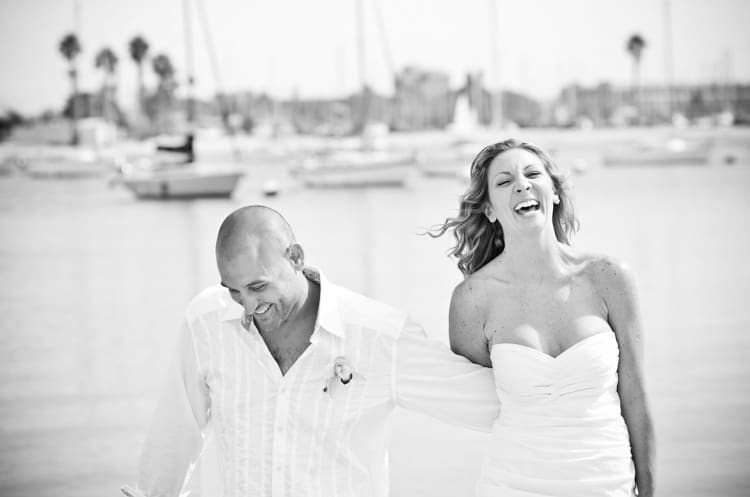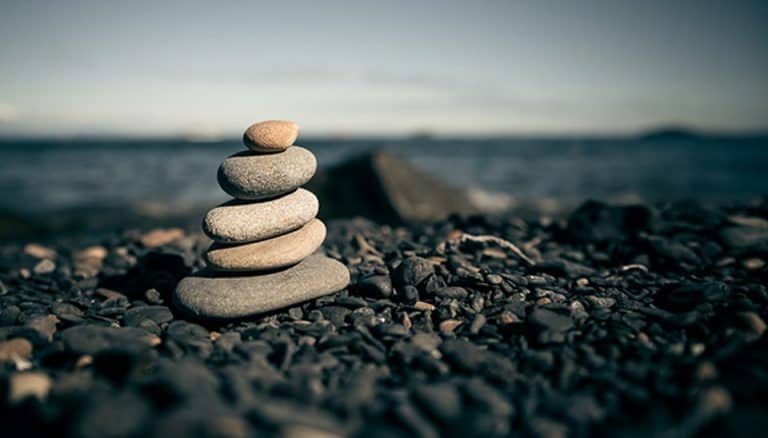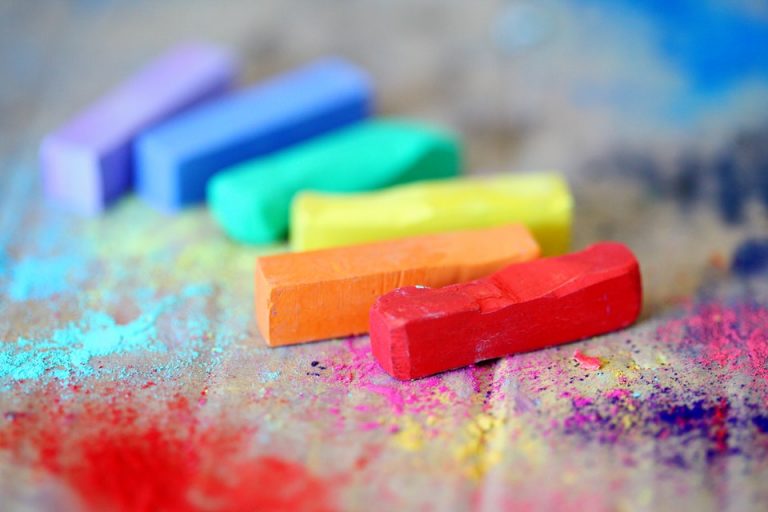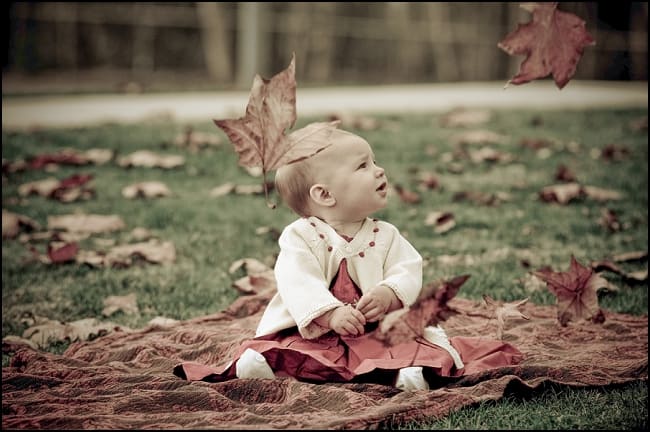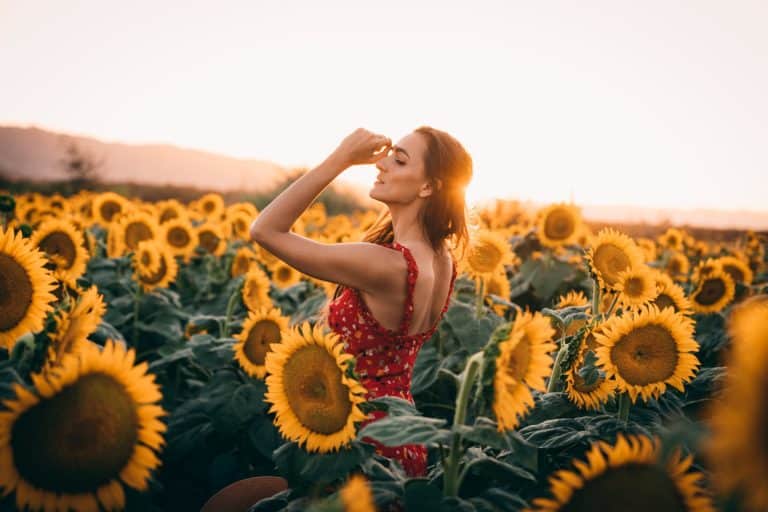Help contribute to the industry and the environment and practice good photography ethics.
How much is a social media like worth to you? Is it worth a trespass fine? The destruction of private property? The loss of someone else’s income? The life of an animal? The lives of your friends and neighbors caught in a wildfire? Those questions abound in any good discussion of photography ethics.
The answer should be no. But in this day and age of social media influencers and photographers striving to get the best, most unique shot, photography ethics seem to be non-existent, let alone some simple common courtesy.
What are photography ethics?
My father used to say rules dictated behavior when the world was watching; ethics was how you conducted yourself when no one was watching. So what about photography ethics? How would we, as photographers, conduct ourselves in public?
There aren’t any official rules or a code of ethics universally accepted by professional photographers. So it becomes the the job of each of us individually to develop our own.
The problem is, that isn’t working.
There are more photographers out there than ever before. And more of them are behaving badly, giving our entire profession a bad name.
I’ve seen extensive damage to public and private land in the name of getting the shot. Wildlife harassed and hurt. Fires started that destroy homes and beautiful spots in nature ruined in pursuit of a few more likes.
It’s positively sad AND infuriating. And it needs to stop. Here’s what’s at stake:
- Access to public and private land for photoshoots
- Reputation of photographers
- Sensitive ecosystems
- Sensitive wildlife
- People’s lives
I can’t speak for our entire profession, but here are a few photography ethics I think we should all follow, whether you are in an urban or natural environment.
Stay on the Trail AKA Follow the Damn Rules
Practice responsible photography ethics wherever you shoot. Follow the guidelines and rules to minimize your individual footprint and the cumulative effect of multiple photographers.
Respect the rules of the area.
Obey road closed signs, seasonal closures, and locked gates. Usually, these areas are closed for a reason, such as to protect nesting waterfowl or sensitive habitat.
Stay on the trail!
Trails are there to protect you and the environment. It might not seem like a big deal if just you and your two clients step off the path for a little while. You’ll be careful! But regardless of how careful you are, you’re still doing damage. You crush vegetation, compact soil and disturb wildlife and destroy other parts of the ecosystem. You can also unknowingly move weeds or other harmful materials on the bottom of your shoes.
What happens when 10 photographers also go off trail? 100? 1000 Photographers?
As an example, look at the damage done by photographers and models in the California poppy fields earlier in 2019. This is one of the most amazing and unique landscapes in our country. But a large part of it has been destroyed because people wouldn’t stay on the trails. Their shot was more important than the life of the flowers, the health of the area or the ability of other people to enjoy the poppies, too.

Look at all the new trails people created during the poppy bloom in this one small area. Those new trails will take years to recover, if they are ever even given a chance to. If you’re there to experience a natural wonder, please respect it and keep it natural and wonderful for the next person.
Park your car in parking lots or designated pullouts.
If repeated walking a new trail is harmful to the environment, imagine the damage done by hundreds of vehicles. Don’t block traffic or prevent emergency vehicles from accessing the area.
Read and obey signs.
This is another example that is closer to home. My husband manages a commercial pheasant farm. The farm is closed to the public, except by appointment, for biosecurity reasons. Signs posted at the farm’s explain this and give you a phone number to call for a guided tour.
We don’t do this to keep people out…we do it to keep the birds safe. The pheasants will react wildly to people coming near or into their pens, causing them to panic and injure or kill themselves. You can also carry bacteria, viruses or chemicals on your shoes that could kill every egg or pheasant on our farm. And yet, we always have a few people who ignore the signs and decide the rules don’t apply to them and start wandering through our pens. After all, they can’t get good shots through the chicken wire.
A cool Instagram post is not worth the lives of these birds nor the livelihood of my family.
 Let wildlife be wild
Let wildlife be wild
Wildlife are special simply because they are wild. These birds and mammals speak to our souls in a different way than domestic animals can. I think that’s one of the reasons wildlife photography has become so popular. As our lives get more ridiculous and busy, we are drawn to the primal, the wild. It is that wildness, that untouched mystique that captures our imagination.
But just because you mean no harm does not mean you cause no harm. As photographers and lovers of wildlife, it should be part of our code to keep the wildlife wild. Crowding, harassing or interfering with natural processes isn’t just unethical, it’s dangerous for you and the animal.
So give them space. Most national parks require you to stay at least 25 yards (75 feet) from most wildlife and 100 yards (300 feet) from predators like bears and wolves. These aren’t rules to screw up your shot. It is also illegal to feed, touch, tease or harass wildlife in most places.
Why are these guidelines so important?
First, they keep animals from getting crowded and harassed. Animals that feel crowded will feel stressed and react by fleeing. The stress itself is harmful and running away uses calories critical to survival in the lean times. Mothers will run away, leaving their young unattended and vulnerable to predators.
Second, these guidelines keep animals from getting habituated to humans. Animals that get food rewards from humans quickly lose their fear of humans. That makes them a nuisance at best, and dangerous at worse. The animals will congregate in unnatural numbers and in unsafe places like roadways and parking lots. Human habituation also spreads disease, evokes aggression and leads to increased human-caused mortality.
And human intervention in a natural system can throw off the whole balance of things. A few years back, a tourist in Yellowstone actually stopped their SUV and put a bison calf in the back to “warm him up.” The tourists drove the bison away from his herd to park rangers. The rangers were unable to successfully reunite the calf with his herd and he had to be euthanized.
Nature seems cruel by our standards. But it’s just nature.
But natural death and suffering are part of the natural order of things. That bison calf might have died in the herd anyway, but his body would have fed scavengers like raves, vultures, coyotes or mountain lions. Instead, the calf died in a vet lab, his body likely incinerated.
Taking photos of a wild animal is a gift. Treat it as such and respect the animal you are photographing by giving it space and healthy habitat.
Ditch the drones when not at home
Your human presence isn’t the only thing that stresses wildlife. So do drones. Drone photography is absolutely stunning when done correctly. But drones are annoying in outdoor spaces when you’ve left the city to get away from the noise! They are also illegal in many wild places. But that hasn’t stopped folks from flying them. Why are they illegal? Because it’s unhealthy for wildlife populations and unsafe for humans.
I spoke with a wildlife biologist in the Wyoming Game and Fish Department this summer and visited with him about the agency’s use of drones. I asked if the agency would be able to use drones instead of using fixed-wing aircraft for wildlife counts, a practice which is inherently dangerous in Wyoming’s rugged landscapes.
His answer surprised me. Their preliminary attempts showed the wildlife reacted negatively to the drones flying at even the maximum federally allowed height of 400 feet.
“We’d have to get so high so as not to disturb the elk or antelope, the footage would be useless,” he said. “Anything lower affects the animals.”
A drone flying 400 FEET in the air over a herd of elk negatively affects them. Can you imagine how much stress a drone causes at 40 feet high? Or even 10 feet?
The research supports my friend’s anecdotal evidence. Black bears studied in Minnesota showed physiological symptoms of stress in the presence of drones, including increased heart rates and disrupted behavior.
Drones vs. the environment
Even if there’s no wildlife to bother, drones can potentially cause environmental damage. In 2015, an aspiring drone photographer crashed his machine into Grand Prismatic Spring in Yellowstone. Scientists worried about the famed hot spring. The drone could clog a vent or melt and disrupt the bacteria in the site’s microbial mats which are the organisms responsible for producing the spring’s brilliant colors.
Drones vs. public safety
Drones also get in the way of humans. In numerous instances, drones in some areas have forced firefighters to ground their own operations out of safety precautions. Yes, you heard that right. Ariel firefighting efforts were shut down because someone was flying their drone in the area, making it unsafe for firefighting crews in the air.
So leave the drone at home in our wild places, or be sensitive to how it affects wildlife and humans in any area you fly and for heaven’s sake, keep it grounded and let firefighers do their jobs in an emergency.
For a great overview of ethical drone use, click here!
If it’s not yours, don’t use it or take it
Even on private land, photography ethics should dictate that we be respectful and courteous. First, make sure you have permission to be there. Different states have different rules regarding trespass. Know what yours are.
Here in Wyoming, you are essentially guilty of criminal trespass if you know you aren’t supposed to be there. And willful ignorance is NOT an acceptable excuse. You can get slapped with a $750 fine or jail time if you’re a repeat offender.
Fines, jail time or just a bad reputation
Don’t risk getting a ticket, looking foolish in front of clients and creating a negative reputation in your town by trespassing on private lands. Many landowners will allow you to shoot on their property if you simply ask.
If you do get permission, be mindful of the guidelines of your host. Leave the area as you found it, including gates. Pick up your trash. Stay out of their crops and other belongings. Don’t take souvenirs such as flowers, crops, bottles, rocks, wood, feathers, antlers, bones or old equipment unless you ask first.
The behavior of photographers and influencers in France destroying a private lavender field is positively shameful.
It’s easy to feel like you aren’t bothering anything when you stop in a pretty sunflower field and start shooting pictures. But imagine if people just started randomly coming in to your studio or home, rearranging your furniture, pocketing small items (you’ll never miss them!), or parking on your lawn. You WOULD NOT be okay with that! Now imagine asking them politely to leave and having the trespassers curse, scream, spit and belittle you.
It would, quite frankly, enrage you. Me too. If it’s not acceptable for others to disrespect your property, it’s not okay to trample (quite literally) on the rights and property of others.
Stop playing with fire
In April 2017, a gender reveal party sparked a massive wildfire in Arizona, burning more than 47,000 acres and causing $8 million dollars in damage. More than 700 firefighters risked their lives as they worked to extinguish the blaze over the course of the next week. The dad who shot the explosive was fined and will have to pay $8 million dollars in restitution.
Eight million dollars. Let that one sink in for a while.
In 2016 a group of photographers trespassed onto a historic building to create light trails with steel wool. The building caught fire and burnt to the ground. Monroe station was a historic 1920s gas station in Florida that was placed on the US National Historic Register of Historic Places.
Tannerite (used in exploding targets like the above mentioned gender reveal party), smoke bombs, steel wool, sparklers…all of these things can start fires. Small fires that can harm your clients and make a mess, larger fires that burn down buildings and massive fires that threaten lives.
Don’t get burned
If you plan to use these to enhance your photography, make sure it is LEGAL and SAFE. Fireworks are banned outright in several states and counties or may be restricted in certain areas. They are never allowed in national parks, on national forest lands or BLM lands. Fires (burning steel wool is a fire) are also prohibited in places and at certain times of the year on public land. Know how, when and where it’s safe and smart to use these materials. Better yet, just leave them at home. Use your skills to start a trend that won’t potentially burn down.
Are the likes really worth it?
As you grow your photography business and increase your social media presence, ask yourself these questions.
- Are the likes worth a monetary fine for trespass?
- Are the likes worth a bad reputation for destruction of property in your community?
- Is one shot worth huge amounts of restitution you might have to pay if things get out of hand?
- Are more followers worth hurting or killing wildlife, endangering the environment you purport to love or putting people’s lives at stake?
I hope the answer is no. I pray the answer is no.
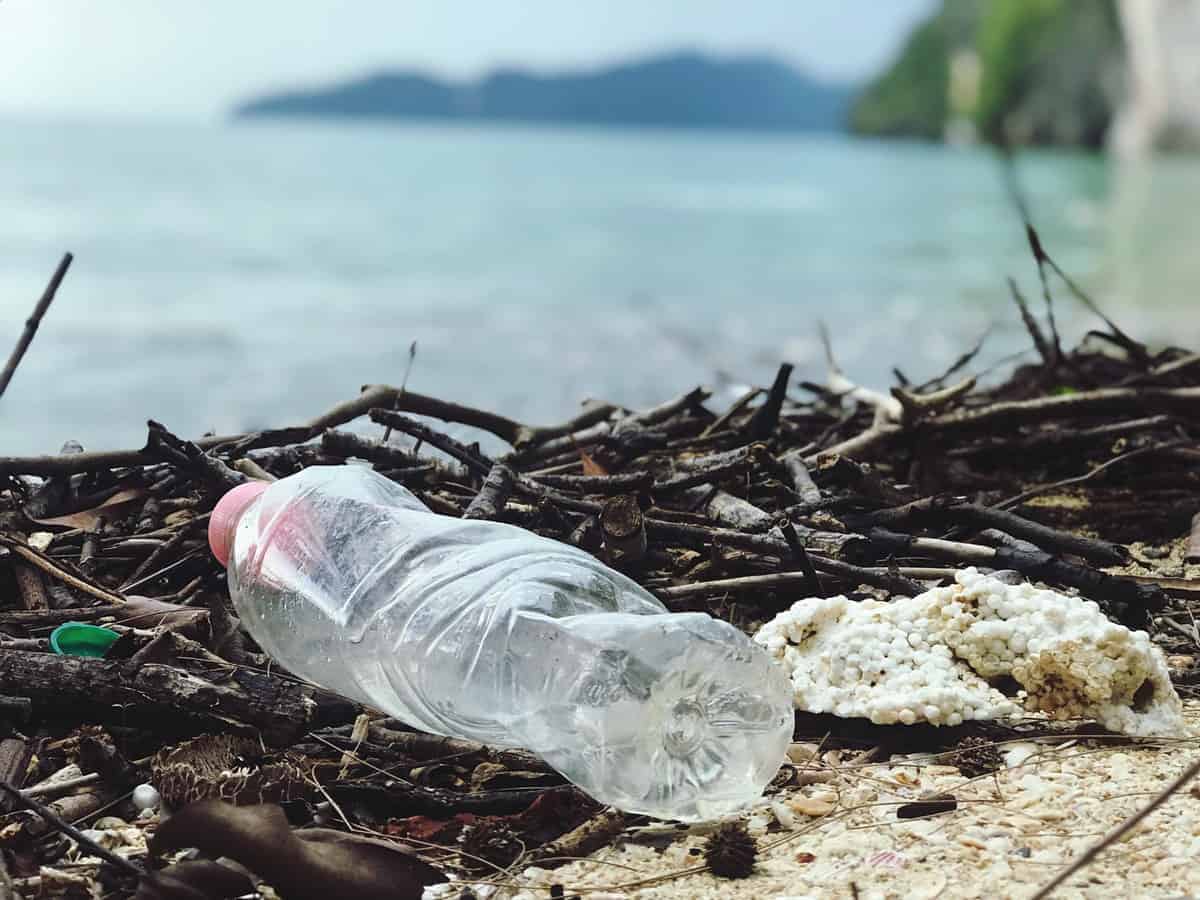
How you can help improve photography ethics
First, don’t be a problem.
Follow the laws and local guidelines as we’ve described above. If more people did this, there’d be less problems.
Second, be mindful of the images you post.
Give some thought about how what you will post can impact the environment. Does your post demonstrate good stewardship, legal behavior and photography ethics?
Third, be part of the solution.
- Include best practices in your captions, posts or anytime you share an image of nature or private property. Build awareness of how important it is to protect and conserve these places.
- Pick up trash, even if it’s not yours. Close gates you know should be closed. Return moved objects to their rightful location.
- Stop geotagging specific locations in your images. Instead tag the general location or park headquarters and ask viewers to educate themselves before finding your location. If it’s private land, ask the landowner what their preference is and abide by their decision.
- Educate other photographers. If you see another photographer behaving badly, ask them to stop. This goes for online and in person. Educate them on the rules and the ethics. If they are endangering the lives of wildlife or people, report them to the authorities immediately. Otherwise, try to educate them on the correct behavior.
- If education doesn’t work, consider filing a complaint with their sponsor or whoever pays the bills. Social media influencers get paid by companies to advertise products. If your photography ethics conflict with what you are seeing online, drop a note to the sponsors of the post telling them you don’t approve of the damage being done by their influencers and that you won’t be purchasing their products because of it.
- Finally, stop following accounts of the folks you know who repeatedly violate the laws and your ethics. Don’t let them capitalize on your likes or follows.
Educate, don’t shame
Shaming is never acceptable, but education or speaking with our own likes, follows or hard-earned dollar is certainly within our control and prerogative.
Social media is a powerful tool. It has helped me build my business, raised awareness of critical issues facing our world today and connected people in ways we couldn’t have imagined even fifteen years ago. It is here to stay. But let’s not lose our morals and values in the process of securing likes. Practice good photography ethics anytime you’re out in the field. Collectively we can take care of our world and make sure there are beautiful places to visit and photograph for the next generation.
